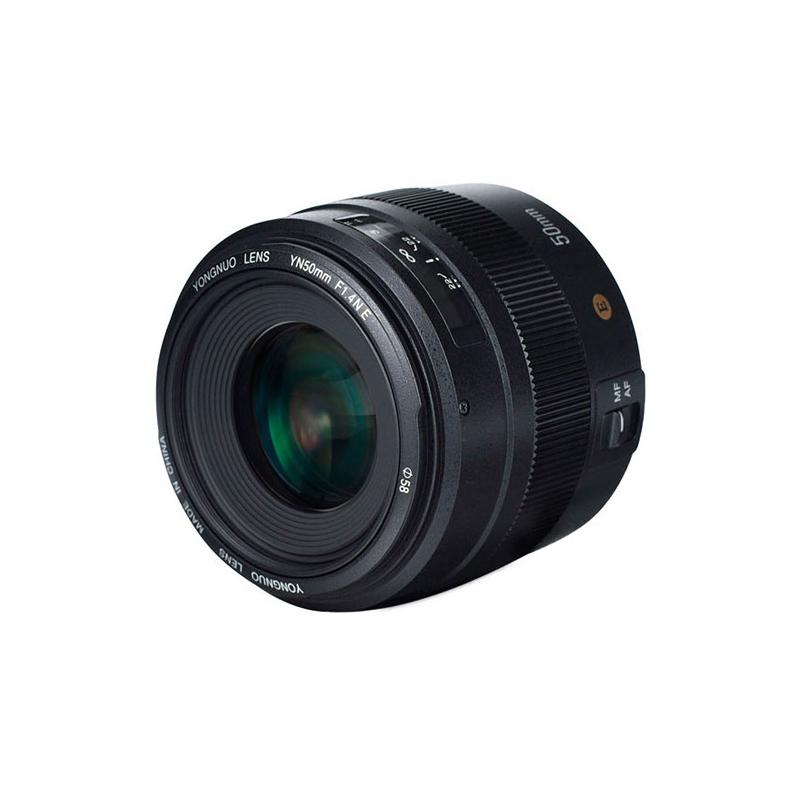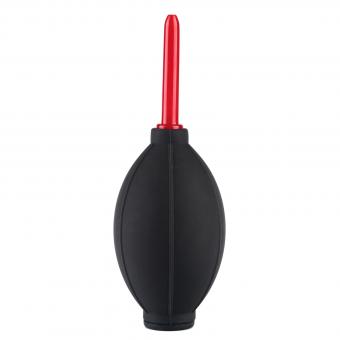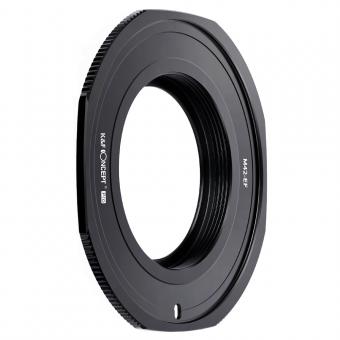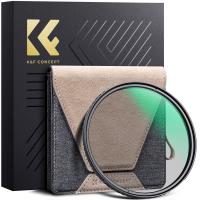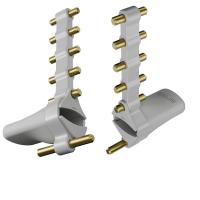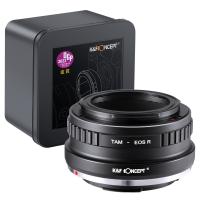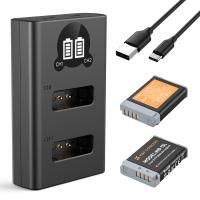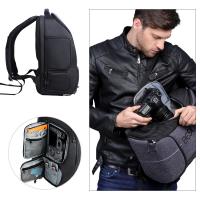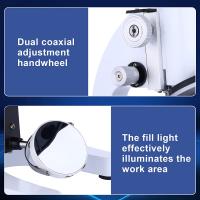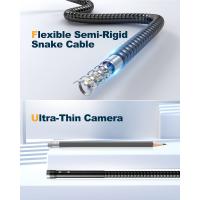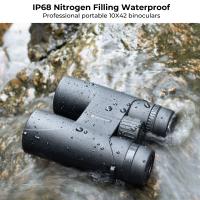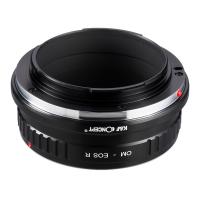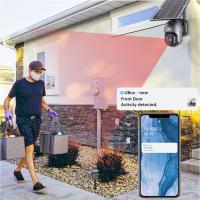Which Digital Slr Camera Is Best ?
It is difficult to determine which digital SLR camera is the best as it depends on individual needs and preferences. Some popular options include the Canon EOS 5D Mark IV, Nikon D850, and Sony Alpha A7R III. It is recommended to research and compare features such as image quality, autofocus system, video capabilities, and price before making a decision.
1、 Sensor size and resolution
Sensor size and resolution are two of the most important factors to consider when choosing a digital SLR camera. The sensor size determines the amount of light that the camera can capture, which in turn affects the image quality. A larger sensor size generally means better image quality, especially in low light conditions. Resolution, on the other hand, refers to the number of pixels in the image and affects the level of detail that can be captured.
Currently, full-frame cameras are considered to have the best sensor size for image quality, as they have a larger sensor size than APS-C or Micro Four Thirds cameras. However, these cameras can be quite expensive and may not be necessary for all types of photography. APS-C cameras are a good compromise between image quality and affordability, while Micro Four Thirds cameras are more compact and lightweight.
In terms of resolution, most modern digital SLR cameras have high enough resolution for most purposes. However, if you plan on printing large images or cropping heavily, a higher resolution camera may be beneficial. The latest trend in resolution is towards cameras with 50 megapixels or more, but again, this may not be necessary for all types of photography.
Ultimately, the best digital SLR camera for you will depend on your specific needs and budget. It's important to consider factors such as sensor size, resolution, autofocus system, and lens selection when making your decision. It's also a good idea to read reviews and try out different cameras before making a purchase.
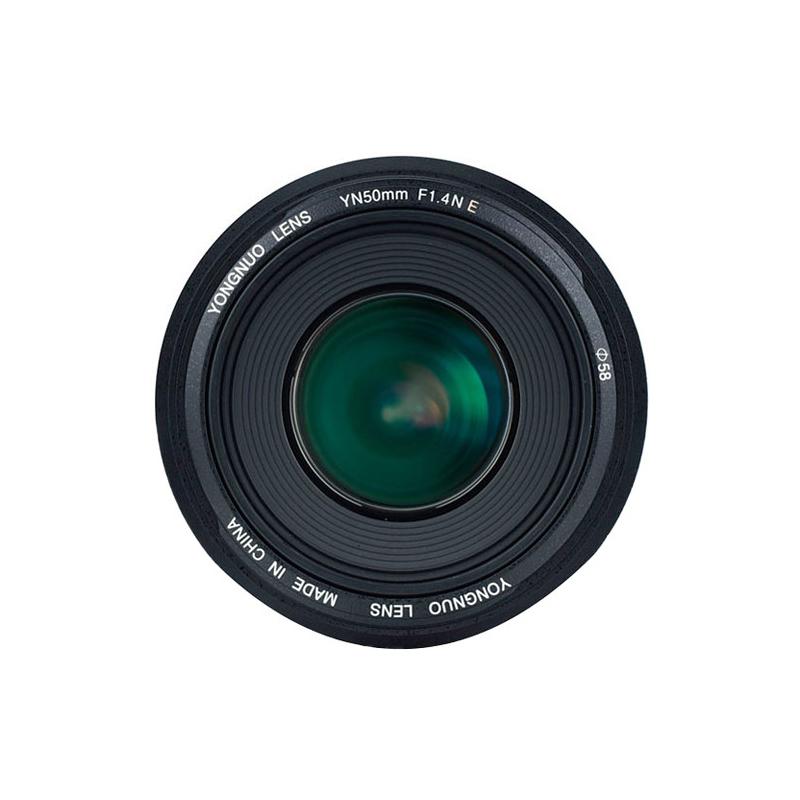
2、 Autofocus system
Autofocus system is an essential feature of any digital SLR camera, as it allows for quick and accurate focusing on the subject. There are several factors to consider when evaluating the autofocus system of a camera, including the number of autofocus points, the speed and accuracy of the system, and the ability to track moving subjects.
When it comes to determining which digital SLR camera has the best autofocus system, there are several top contenders. Canon and Nikon are two of the most popular brands, and both offer cameras with advanced autofocus systems. Canon's Dual Pixel CMOS AF system is known for its fast and accurate focusing, particularly in live view and video modes. Nikon's Multi-CAM 20K autofocus system is also highly regarded, with 153 autofocus points and advanced subject tracking capabilities.
In recent years, Sony has emerged as a strong competitor in the digital SLR market, with their Alpha series cameras featuring advanced autofocus systems. The Sony A9, for example, boasts a 693-point phase-detection autofocus system that can track moving subjects with incredible accuracy.
Ultimately, the best autofocus system for you will depend on your specific needs and preferences. If you shoot a lot of action or sports photography, a camera with advanced subject tracking capabilities may be the best choice. If you primarily shoot portraits or landscapes, a camera with fast and accurate autofocus in low light conditions may be more important. It's always a good idea to do your research and read reviews from other photographers to determine which camera and autofocus system will work best for you.
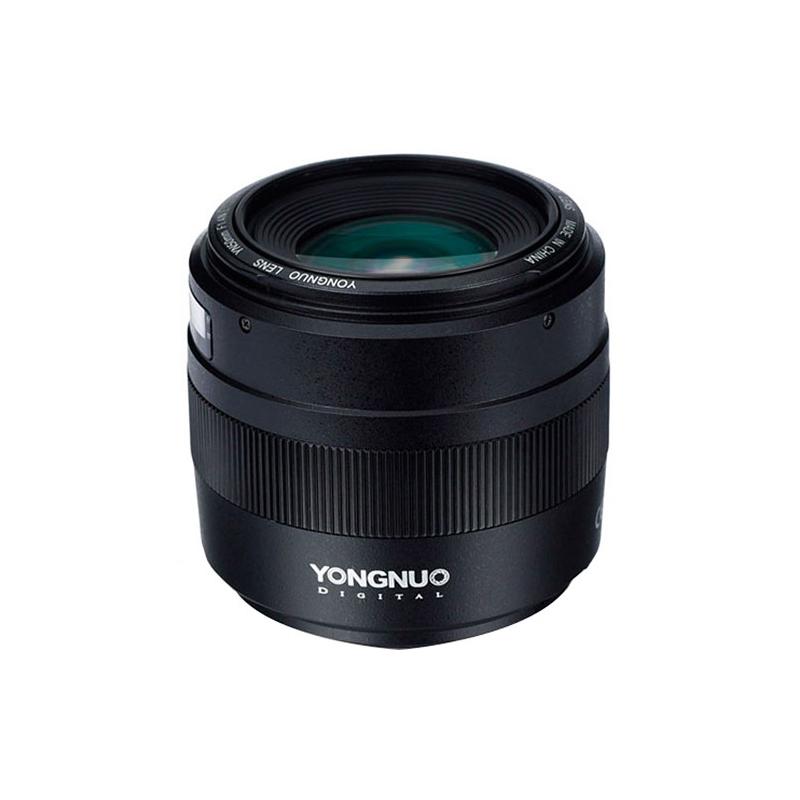
3、 ISO range and low-light performance
ISO range and low-light performance are two crucial factors to consider when choosing a digital SLR camera. A camera with a wide ISO range can capture images in various lighting conditions, while a camera with excellent low-light performance can produce high-quality images even in dimly lit environments.
Currently, some of the best digital SLR cameras for ISO range and low-light performance include the Nikon D850, Canon EOS 5D Mark IV, and Sony Alpha A7R III. These cameras offer a wide ISO range, allowing photographers to capture images in low-light conditions without sacrificing image quality.
The Nikon D850, for example, has an ISO range of 64-25,600, which can be expanded up to 102,400. This camera also features a back-illuminated sensor that enhances low-light performance, producing sharp and detailed images even in challenging lighting conditions.
The Canon EOS 5D Mark IV has an ISO range of 100-32,000, which can be expanded up to 102,400. This camera also features a full-frame sensor and Dual Pixel CMOS AF technology, which enhances low-light performance and autofocus accuracy.
The Sony Alpha A7R III has an ISO range of 100-32,000, which can be expanded up to 102,400. This camera also features a back-illuminated sensor and advanced autofocus system, making it an excellent choice for low-light photography.
It's worth noting that new cameras are constantly being released, and the latest models may offer even better ISO range and low-light performance. Therefore, it's essential to do your research and stay up-to-date with the latest developments in digital SLR camera technology.
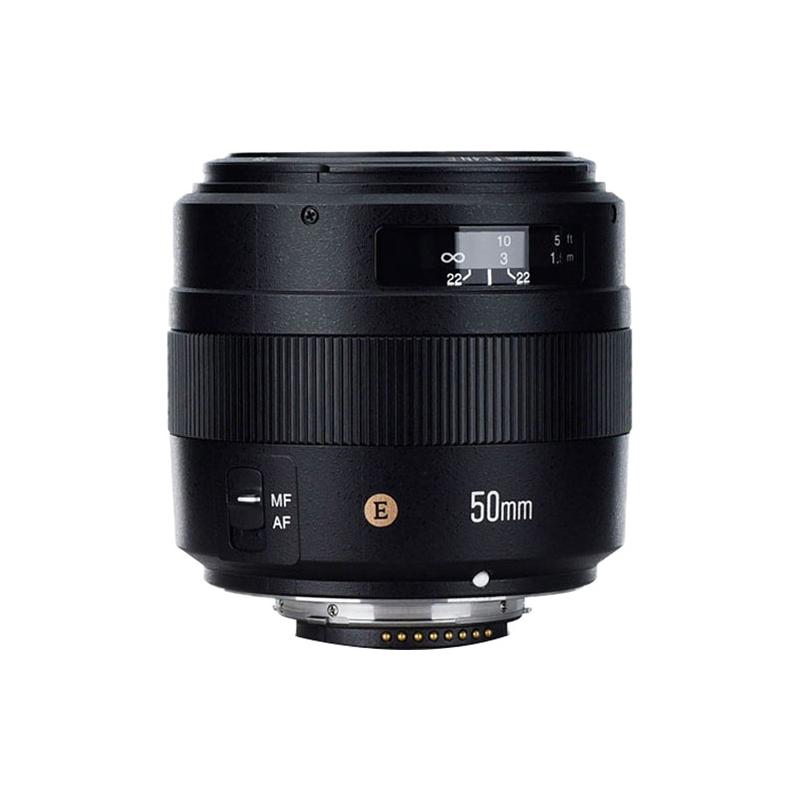
4、 Video capabilities
Which digital SLR camera is best for video capabilities? This is a common question among photographers and videographers who want to capture high-quality video footage with their DSLR cameras. In recent years, DSLR cameras have become increasingly popular for video production due to their ability to capture high-quality video footage with interchangeable lenses and advanced features.
When it comes to video capabilities, there are several factors to consider when choosing a DSLR camera. One of the most important factors is the camera's ability to shoot in high resolution, such as 4K or 1080p. Another important factor is the camera's frame rate, which determines how many frames per second the camera can capture.
Currently, some of the best DSLR cameras for video capabilities include the Canon EOS R5, Sony A7S III, and Nikon Z6 II. These cameras offer advanced features such as 4K video recording, high frame rates, and advanced autofocus systems that make it easier to capture high-quality video footage.
In terms of the latest point of view, the Canon EOS R5 has been receiving a lot of attention for its impressive video capabilities. It can shoot 8K video at 30 frames per second and 4K video at up to 120 frames per second, making it one of the most advanced DSLR cameras for video production. Additionally, it has a powerful autofocus system that can track subjects with incredible accuracy, making it easier to capture high-quality footage.
Overall, when choosing a DSLR camera for video capabilities, it's important to consider factors such as resolution, frame rate, and autofocus system. The Canon EOS R5, Sony A7S III, and Nikon Z6 II are all excellent options for photographers and videographers who want to capture high-quality video footage with their DSLR cameras.
